La Scultura del giorno: il Cristo Velato del Sanmartino
La Scultura del giorno che vi propongo oggi è il Cristo Velato del Sanmartino, cuore pulsante della Cappella di Sansevero, a Napoli.
Il Cristo Velato è uno dei più grandi capolavori scultorei di tutti i tempi. Ha affascinato intere generazioni, suscitato la nascita di leggende dure a morire e commosso visitatori che giungono al suo cospetto da ogni angolo del mondo.
La Cappella di Sansevero con il Cristo del Sanmartino erano una delle tappe obbligatorie durante i Gran Tour del della seconda metà del Settecento.
Fra gli artisti più celebri che si invaghirono perdutamente di questo capolavoro vale la pena menzionare Antonio Canova. Durante il suo soggiorno a Napoli tentò di comprare il Cristo Velato e si narra che raccontò poi che avrebbe dato dieci anni della sua vita pur di essere lo scultore che diede vita a quel candido marmo.
Anche il Marchese de Sade non esitò nell’esaltarne la raffinatezza, le proporzioni del corpo e la visione d’insieme.
Raimondo di Sangro, settimo principe di Sansevero, commissionò il Cristo Velato in un primo momento ad Antonio Corradini. Purtroppo lo scultore morì poco dopo, nel 1752, così il lavoro passò nelle mani di Giuseppe Sanmartino, per un compenso pattuito di cinquecento ducati.
Sanmartino in meno di un anno creò un capolavoro assoluto dando forma al corpo oramai privo di vita di Cristo, disteso su un materassino trapuntato. Ha il capo sollevato grazie a due cuscini sovrapposti decorati con delle nappe ai quattro lati.
Un sottile velo copre il corpo lasciando intravederne l’intera anatomia. Sono nettamente distinguibili le costole, le ossa delle gambe, i tratti del volto e addirittura si notano le stimmate presenti sulle mani e sui piedi.
Vicino a Cristo si nota la presenza dei simboli della passione: le tenaglie che servirono a estrarre i chiodi, i chiodi e la corona di spine finemente lavorata tanto da sembrare vera.
La firma dell’artista è rintracciabile sul basamento: “Joseph Sammartino, Neap., fecit, 1753”.
Fonte di tanti dibattiti e leggende bizzarre è proprio il sudario che vela il corpo di Cristo.
La fama di alchimista del principe Raimondo di Sangro e quel prodigio marmoreo ha fatto sì che molti viaggiatori e qualche avventato studioso abbiano voluto vedere nella trasparenza del velo il frutto di un processo alchemico di marmorizzaione, effettuato dal principe di Sansevero.
Ebbene, è una leggenda dura a morire ma pur sempre di leggenda si tratta. Non c’è alcun inganno: la scultura del Cristo Velato, per quanto strabiliante possa essere, fu scolpita in un unico blocco di marmo dal Sanmartino. E’ dimostrabile dai documenti dell’epoca che attestano l’acquisto del marmo e le fasi della lavorazione dell’opera ma anche da un’attenta osservazione a distanza ravvicinata.
Siccome però le leggende piacciono parecchio, c’è chi continua a sostenere che quel velo non sia opera di martello, scalpello e gradine.
Quel sudario non copre il corpo ma ne lascia intravedere tutto il dramma. Sulla fronte si nota la vena ancora palpitante e gonfia di sangue, si vede il costato, le trafitture dei chiodi. Un pezzo di bravura incredibile dell’artista.
Minuziosamente riprodotti sono anche gli strumenti della passione e i bordi ricamati del velo.
I libri
Se volete approfondire la conoscenza di questa straordinaria opera e delle altre magnifiche sculture presenti nella Cappella di Sansevero come il Disinganno di Queirolo, giusto per citarne una, ho alcune proposte letterarie da farvi.
Il primo libro che vo consiglio è “Napoli, La Cappella Sansevero e il Cristo Velato” con testi di Bussagli, Barra e Masucci, reso ancor più prezioso da un corposo apparato fotografico.
Al momento è il volume più completo sul Museo Cappella Sansevero di Napoli, realizzato con un’esclusiva campagna fotografica di Scripta Maneant.
Un altro libro assai interessante che riguarda la Cappella di San Severo è “Raimondo di Sangro principe di Sansevero. La vita, le invenzioni, le opere, i libri, le leggende, i misteri, la Cappella”.
Il libro è stato pubblicato in occasione dei 300 anni dalla nascita del Principe di Sansevero e ne ripercorre la vita, le opere, le leggende e i misteri tutt’oggi irrisolti.
Raimondo Di Sangro, per l’alone di esoterismo che lo circonda, è sempre al centro dell’attenzione. Il libro contiene saggi di Massimo Marra e Sigfrido Hobel e lo trovate QUA.
Per il momento il vostro Michelangelo Buonarroti vi saluta dandovi appuntamento ai prossimi post e sui social.
Sculpture of the day: the Veiled Christ by Sanmartino
The Sculpture of the day that I propose to you today is the Veiled Christ of Sanmartino, the beating heart of the Sansevero Chapel, in Naples.
The Veiled Christ is one of the greatest sculptural masterpieces of all time. It has fascinated entire generations, sparked the birth of legends that die hard and moved visitors who come before it from every corner of the world.
The Chapel of Sansevero with the Christ of Sanmartino were one of the obligatory stops during the Grand Tours of the second half of the eighteenth century.
Among the most famous artists who fell madly in love with this masterpiece it is worth mentioning Antonio Canova. During his stay in Naples he tried to buy the Veiled Christ and it is said that he then told that he would have given ten years of his life to be the sculptor who gave life to that white marble.
Even the Marquis de Sade did not hesitate to exalt its refinement, the proportions of the body and the overall vision.
Raimondo di Sangro, seventh prince of Sansevero, initially commissioned the Veiled Christ from Antonio Corradini. Unfortunately the sculptor died shortly after, in 1752 so the work passed into the hands of Giuseppe Sanmartino, for an agreed fee of five hundred ducats.
Sanmartino in less than a year created an absolute masterpiece giving shape to the now lifeless body of Christ, lying on a quilted mattress. Her head is raised thanks to two overlapping cushions decorated with tassels on the four sides.
A thin veil covers the body, revealing its entire anatomy. The ribs, the bones of the legs, the features of the face are clearly distinguishable and even the stigmata on the hands and feet can be seen.
Near Christ we note the presence of the symbols of the passion: the pincers that were used to extract the nails, the nails and the crown of thorns finely worked so as to seem real.
The artist’s signature can be traced on the base: “Joseph Sammartino, Neap., fecit, 1753”.
The source of many debates and bizarre legends is precisely the shroud that veils the body of Christ. Prince Raimondo di Sangro’s fame as an alchemist and that marble prodigy meant that many travelers and some reckless scholars wanted to see in the transparency of the veil the fruit of an alchemical marbling process, carried out by the prince of Sansevero.
Well. It’s a legend that dies hard but it’s still a legend. There is no deception: the sculpture of the Veiled Christ, as amazing as it may be, was carved in a single block of marble by Sanmartino. It can be demonstrated by the documents of the time which attest to the purchase of the marble and the stages of processing the work but also by careful observation at close range.
However, since legends are liked a lot, there are those who continue to argue that that veil is not the work of a hammer, chisel and steps.
That shroud does not cover the body but reveals all the drama. On the forehead you can see the vein still throbbing and swollen with blood, you can see the side, the piercings of the nails. An incredible piece of artistry.
The instruments of the passion and the embroidered edges of the veil are also meticulously reproduced.
The book
If you want to deepen your knowledge of this extraordinary work and of the other magnificent sculptures present in the Sansevero Chapel such as the Disinganno of Queirolo, just to name one, I have some literary proposals for you.
The first book that I recommend is “Naples, the Sansevero Chapel and the Veiled Christ” with texts by Bussagli, Barra and Masucci, made even more precious by a substantial photographic apparatus.
At the moment it is the most complete volume on the Sansevero Chapel Museum in Naples, created with an exclusive photographic campaign by Scripta Maneant.
For the moment, your Michelangelo Buonarroti greets you by making an appointment for the next posts and on social media.
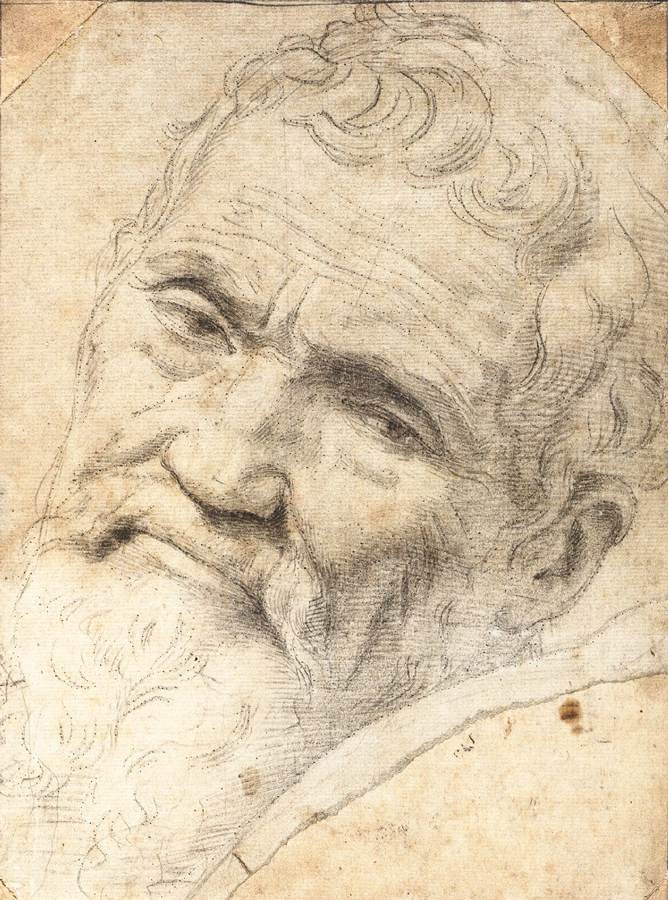
Sostienici – Support Us
Se questo blog ti piace e ti appassiona, puoi aiutarci a farlo crescere sempre più sostenendoci in modo concreto condividendo i post, seguendo le pagine social e con un contributo che ci aiuta ad andare avanti con il nostro lavoro di divulgazione. . ENGLISH: If you like and are passionate about this blog, you can help us make it grow more and more by supporting us in a concrete way by sharing posts, following social pages and with a contribution that helps us to move forward with our dissemination work.
5,00 €
-
Cristo alla colonna
🇮🇹Il disegno che vi mostro è una prima idea che misi su carta per la pala d’altare della Flagellazione. Un’opera che non avrei dovuto dipingere io ma quello che allora, nel 1516, era sempre un mio amico: Sebastiano del Piombo… 🇬🇧The drawing I show you is a first idea that I put on paper for…
-
Gli Uffizi in notturna il martedì, fino a dicembre
🇮🇹La Galleria degli Uffizi aprirà le porte ai visitatori anche tutti i martedì sera, per consentire ai visitatori di apprezzare le sue preziose collezioni in notturna… 🇬🇧The Uffizi Gallery will also open its doors to visitors every Tuesday evening, to allow visitors to appreciate its precious collections at night…
-
29 aprile: la giornata Internazionale della Danza, per Canova sinonimo di grazia, bellezza e movimento
🇮🇹Oggi 29 aprile è la Giornata Internazionale della Danza. Chi meglio di Canova ha saputo interpretare quest’arte con le sue sculture?… 🇬🇧Today, April 29th, is International Dance Day. Who better than Canova knew how to interpret this art with his sculptures?…



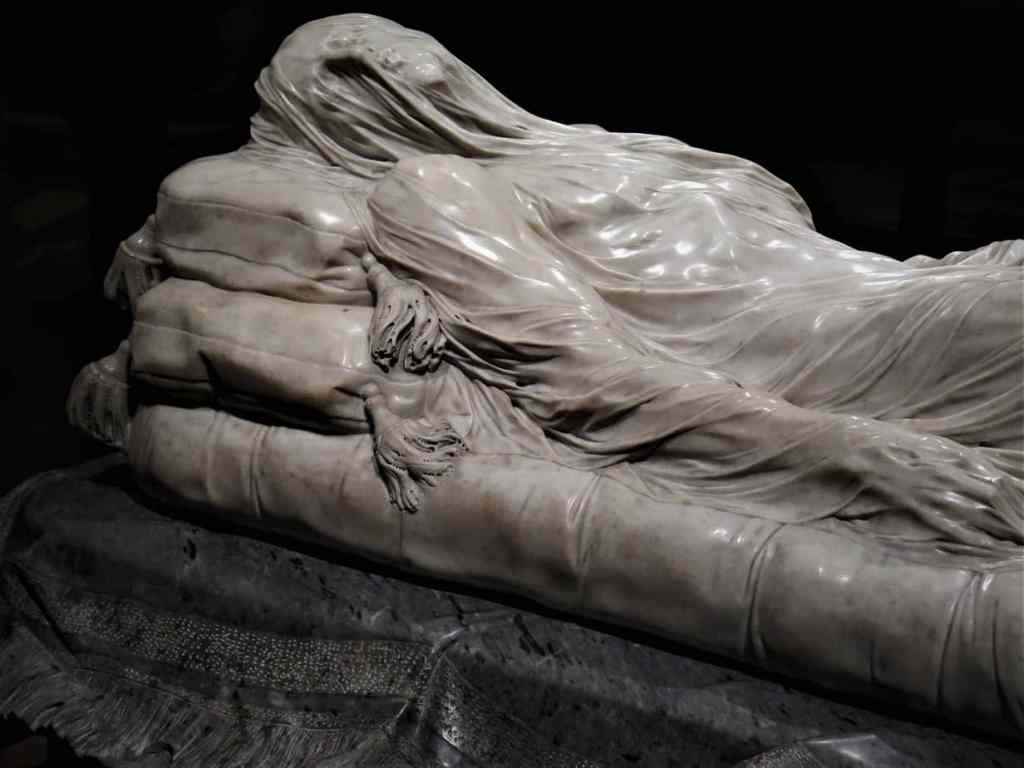






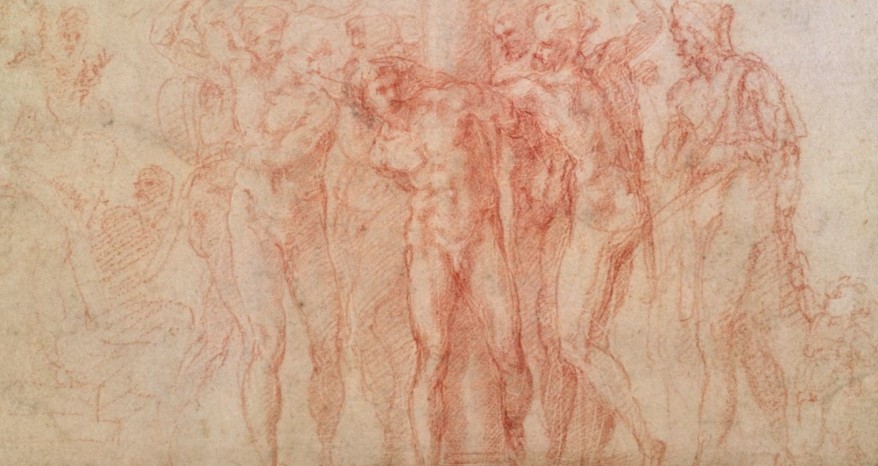
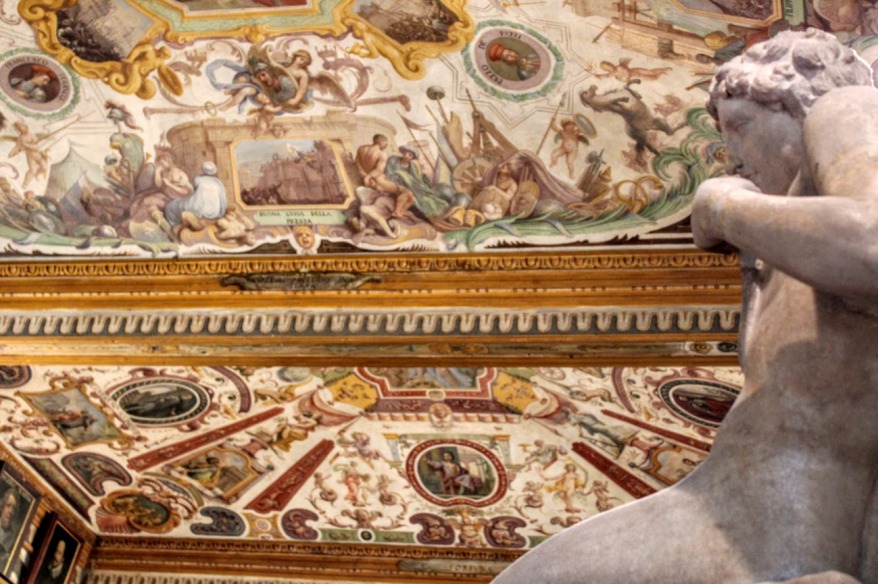
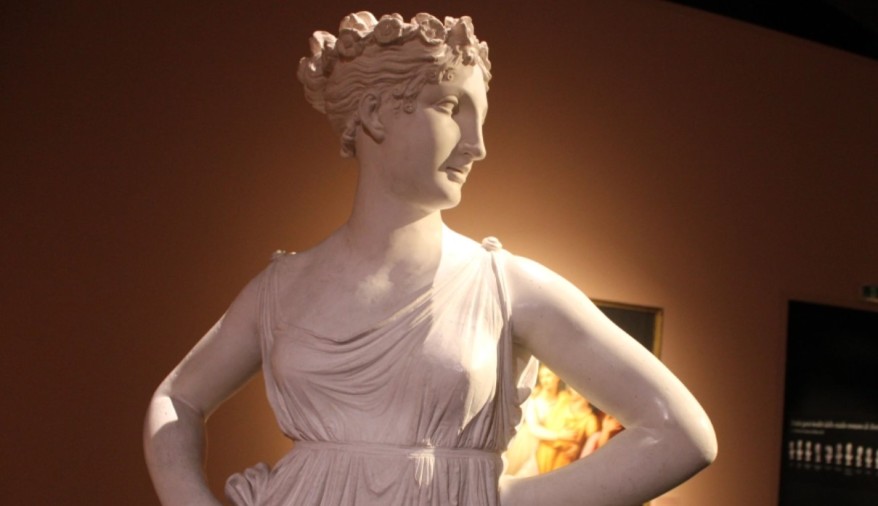

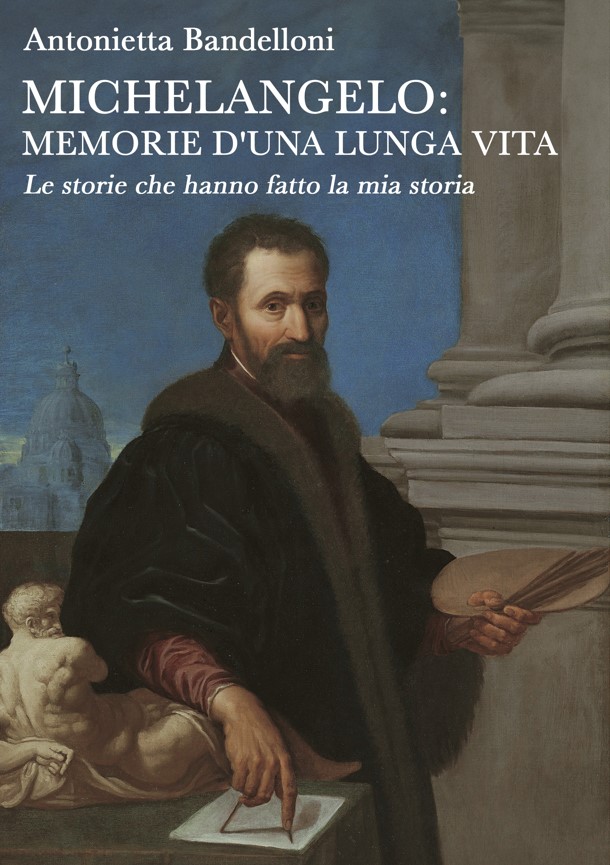





Ciao Antonietta,
i tuoi articoli sono molto interessanti e li leggo sempre volentieri!
Continua così!
Buon lavoro,
Elena
"Mi piace"Piace a 1 persona
Grazie Elena, un abbraccio
"Mi piace""Mi piace"